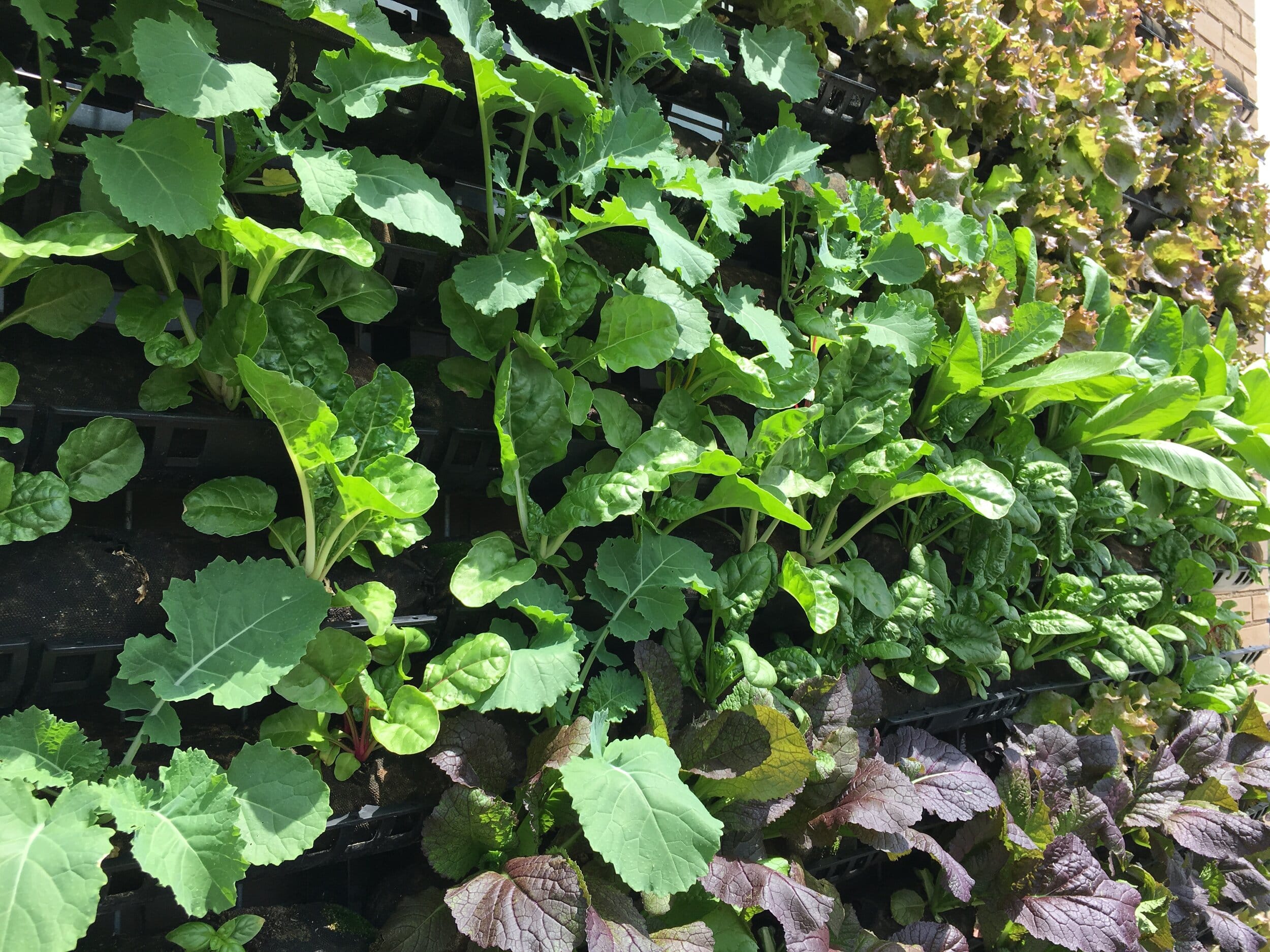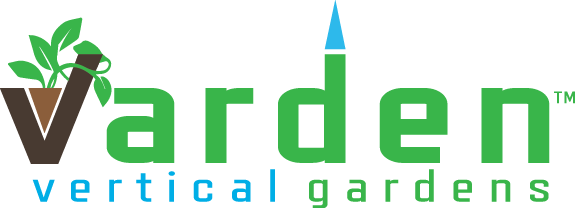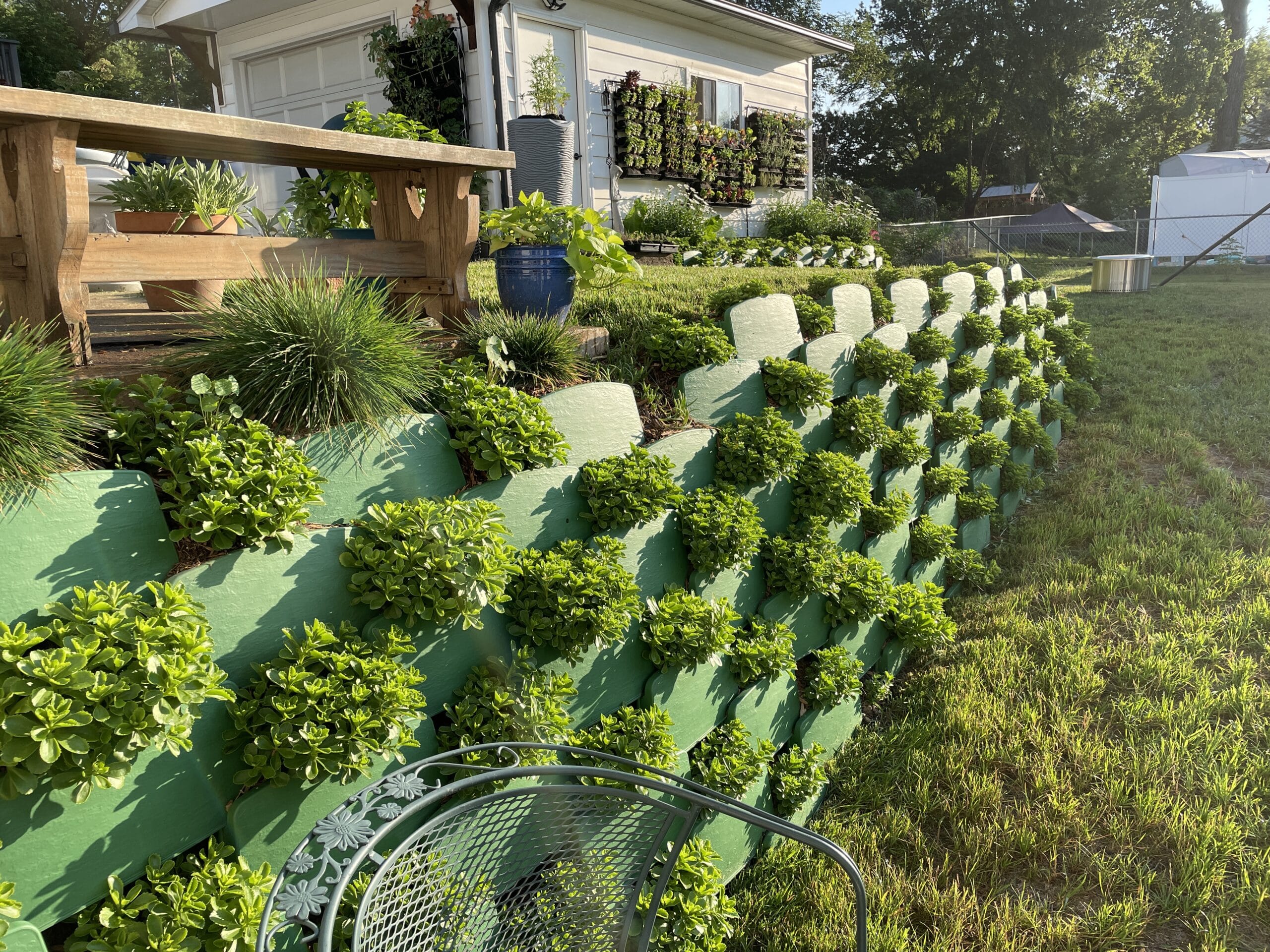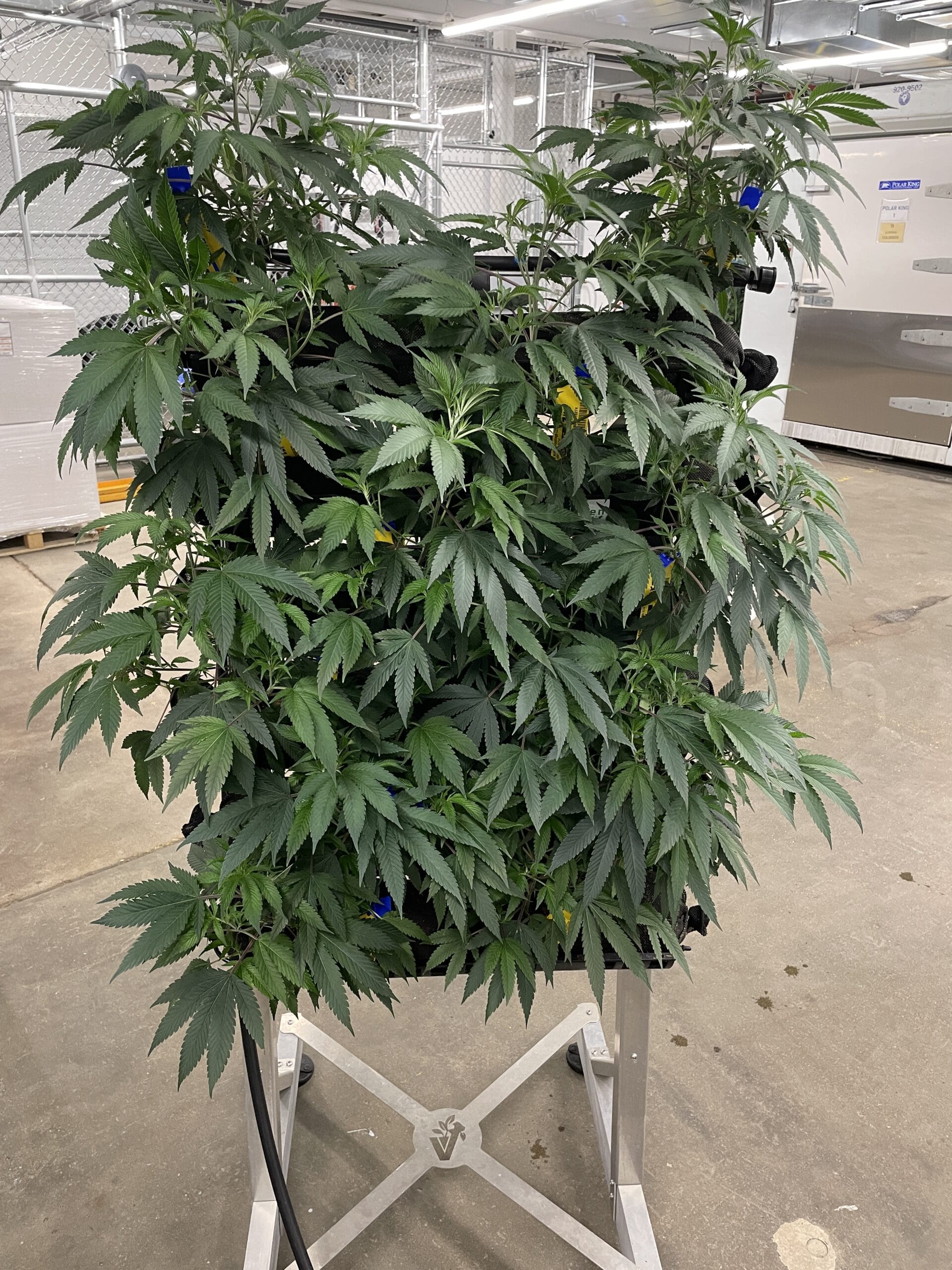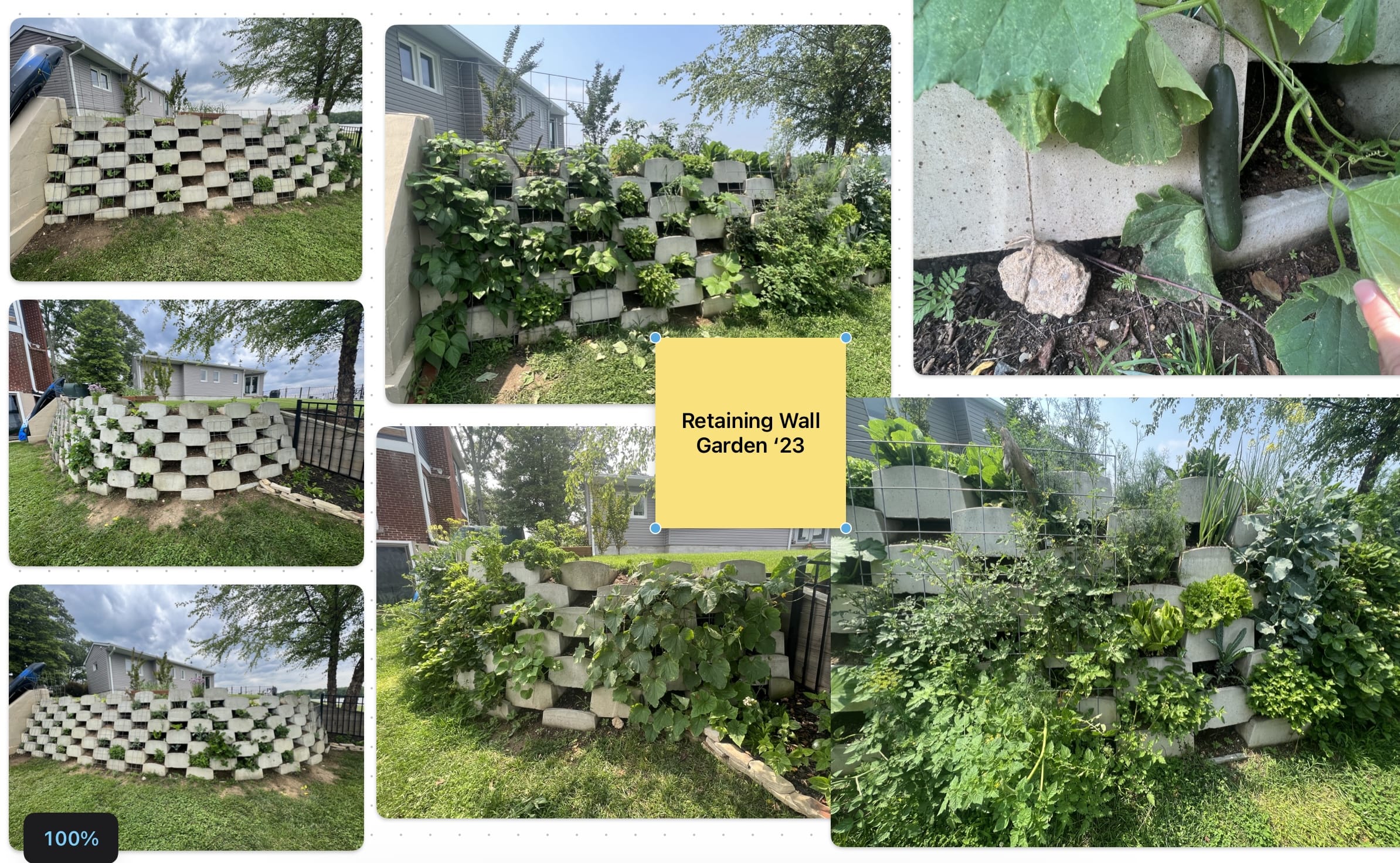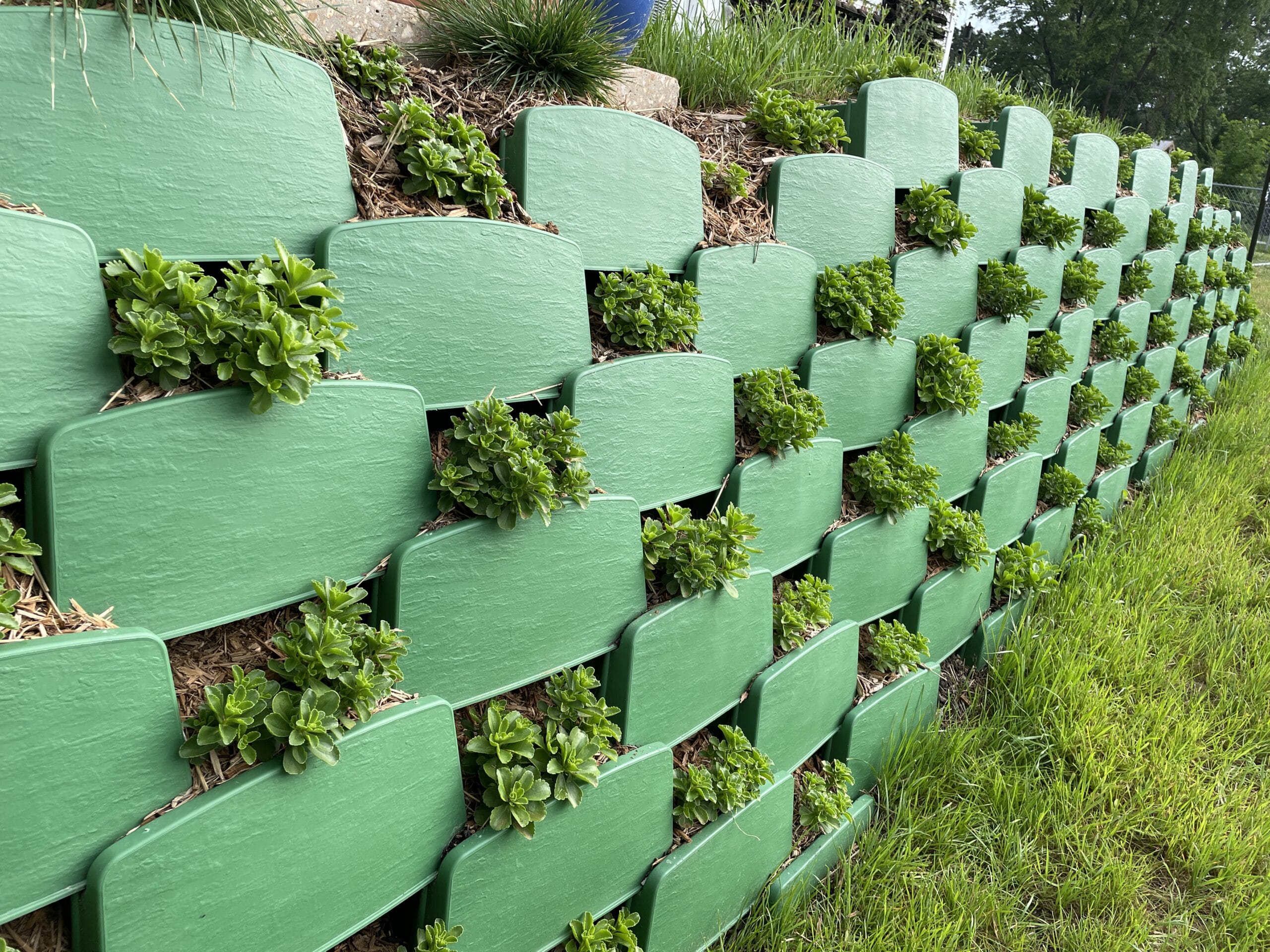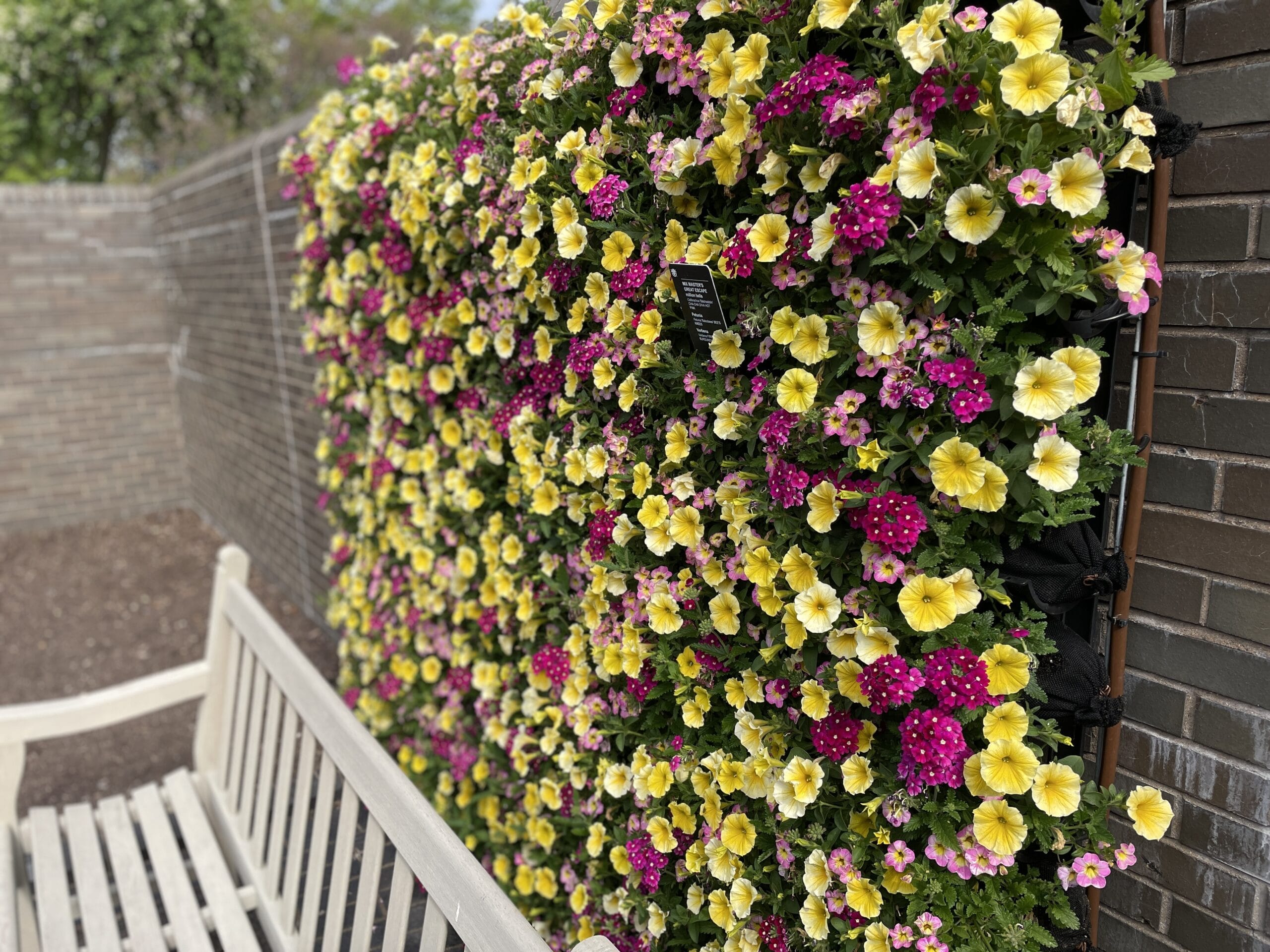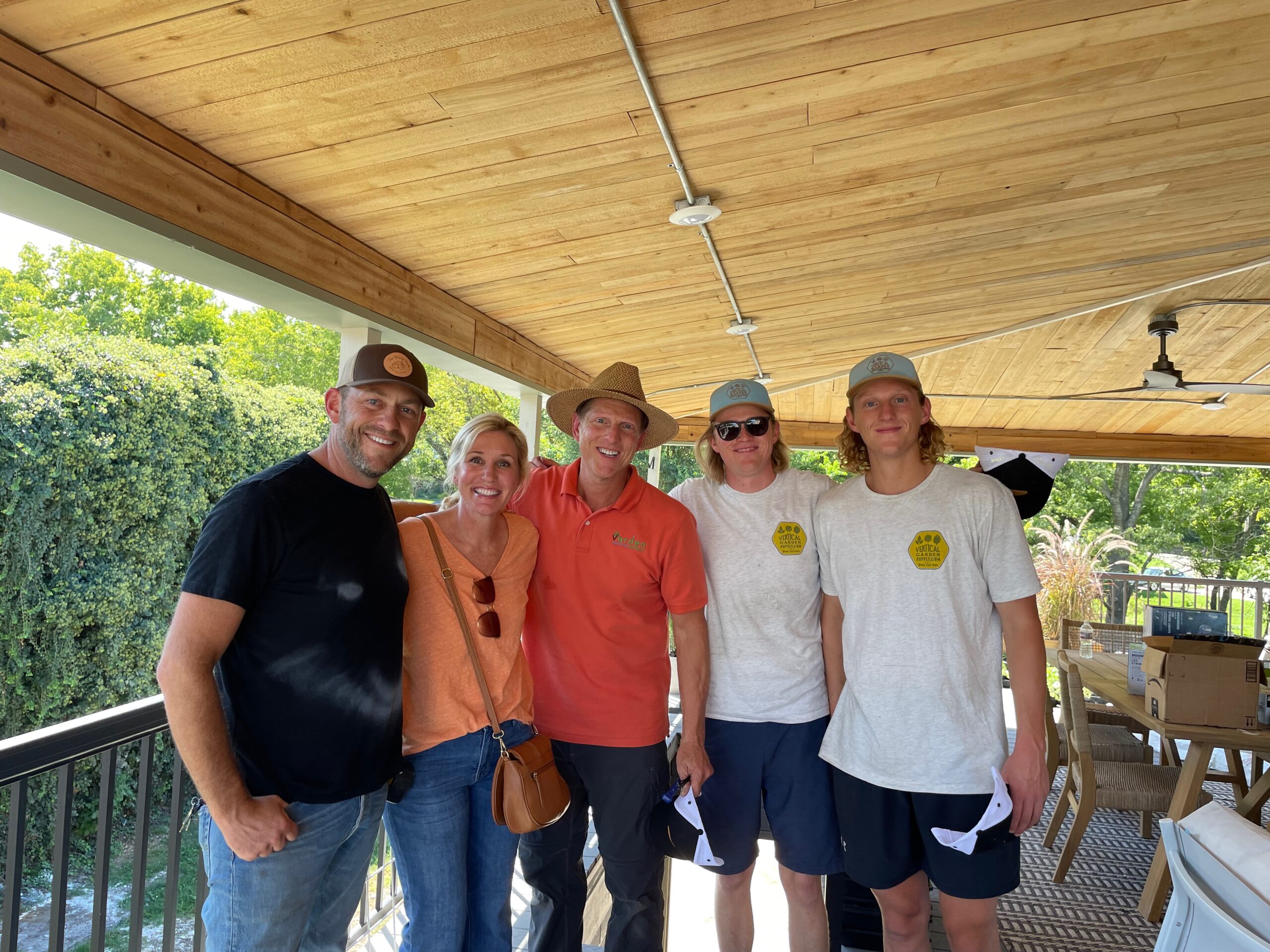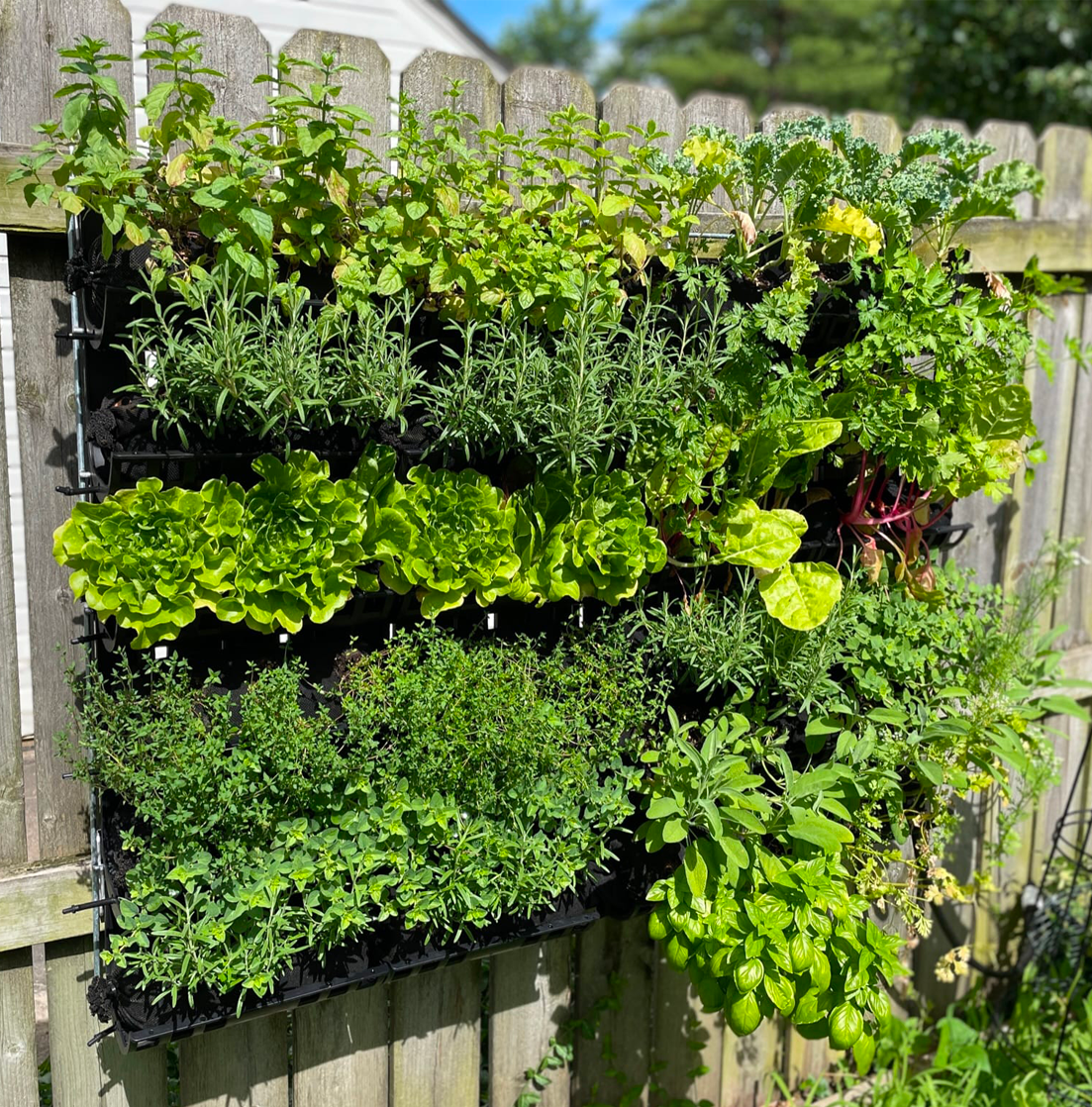Maybe you have heard of Victory Gardens and maybe you are aware that when food supplies became “insecure” during World War 2, American citizens created local, backyard and community gardens to supply a significant portion of food for our population at home. Here is a fascinating quote I read:
“The result of victory gardening? The US Department of Agriculture estimates that more than 20 million victory gardens were planted. Fruit and vegetables harvested in these home and community plots was estimated to be 9-10 million tons, an amount equal to all commercial production of fresh vegetables. So, the program made a difference.” Here is the link to the full story –https://livinghistoryfarm.org/farminginthe40s/crops_02.html
We are not at war now but much has changed since the end of WW2 and the countries evolution away from food self sufficiency and toward centralized mass production of food. Now our food supply is more vulnerable to threats from pollution, climate change, chemicals and pesticides, loss of soil quality, loss of farmland and strained to the breaking point by global population increase and urbanization. As our populations move to cities they become increasingly more cut off from the source of food and lose opportunities to be self sufficient due to lack of space or soil or knowhow.
I’m no fear monger and I have not lost hope either. I see a trend back toward locally grown, self sufficient food production. I see increasing demand for organic or at least, verifiably clean grown crops that are picked when ripe and eaten close to where grown, therefore reducing fuel use and transportation damage to the produce.
You can see how Verdtech, Inc. is supporting a resurgence in gardening and growing your own on the “What We Do” page of this website and our small but productive vertical gardens we call Kitchen Garden Units are not just about making a profit. We created them with a vision toward enabling a more self sufficient future and the benefits are more that can be counted here in our short blog post. Vertical gardening enables small space or no space gardening just about anywhere. Maybe not to grow all of a families food needs but a great supplement that is clean, healthy and secure. Check out this additional post on versatility too.
Here are some other benefits we are proud of:
- Growing plants with the most longevity and nutrient punch (herbs) that can be added to any meal or even dried for use all year
- Teaching children where their food comes from and instilling the wonder of life as they go from seed to table
- Stress relief from gardening in any form is well documented
- The worlds longest living and heathiest populations are gardeners
- Increased well being and self image are also well documented
- Growing in soil and in our breathable media containment fosters vigorous plants with increased nutrients and therefore taste!
- Vertical Gardening means growing plants where none could be grown previously and that is a 100% gain for us all.
